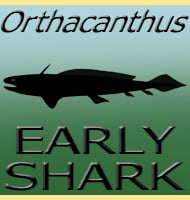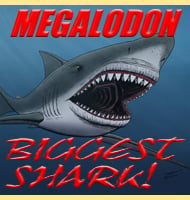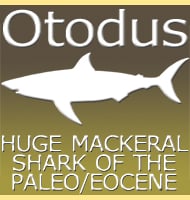Reginaselache
In Depth Reginaselache is an interesting find as the xenacanthid sharks are often associated with just Europe and North America, although remains are also known from India. With Reginaselache being discovered in Australia it would seem that the xenacanthids were possibly widespread across all the major continents. Xenacanthid sharks like Reginaselache were more eel-like in … Read more


